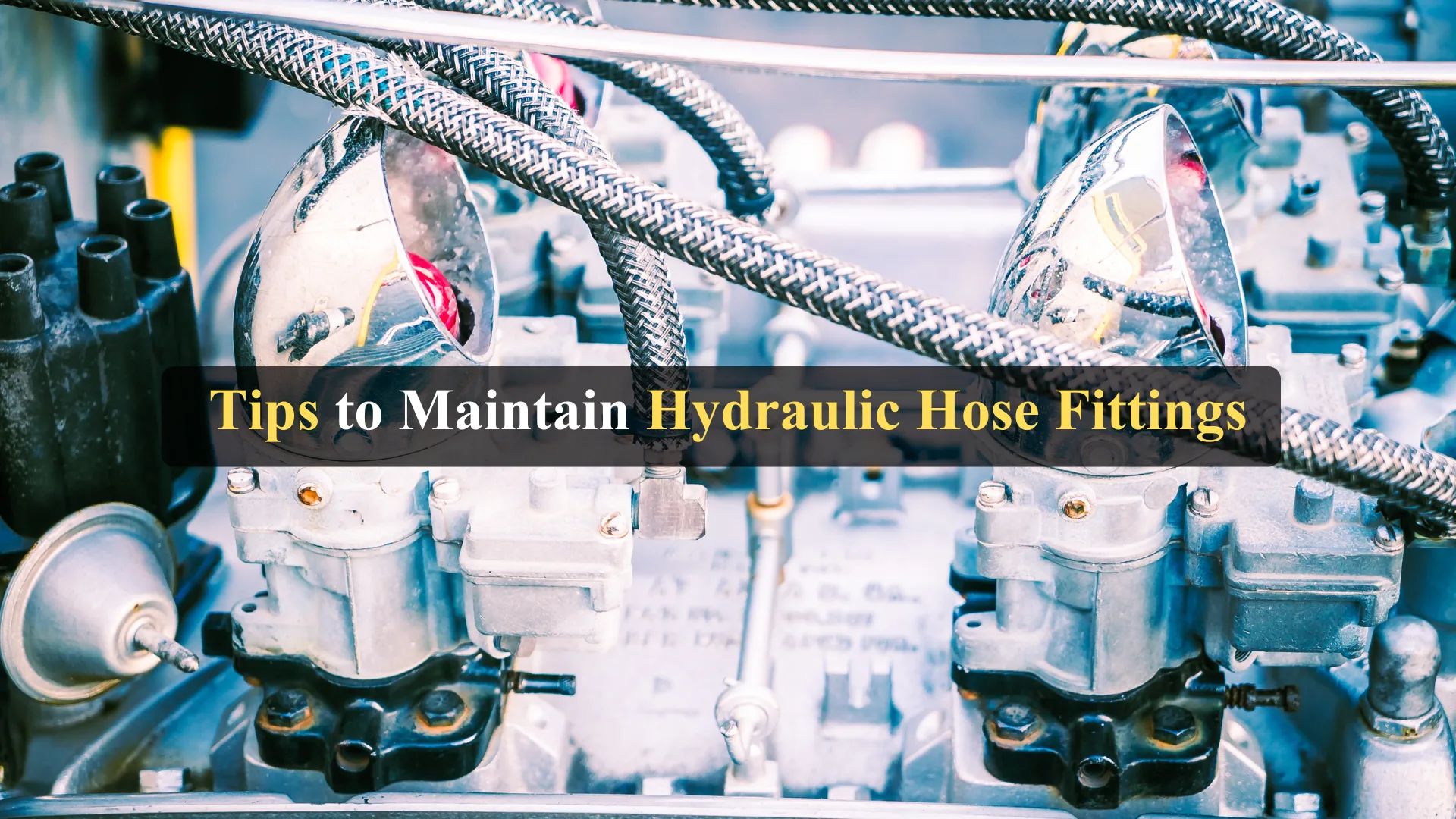Overview
Hydraulic systems power everything from industrial presses to heavy construction equipment. While these systems are designed to handle immense pressure, even the smallest leak can cause performance loss, safety risks, and unexpected downtime. One of the most common causes is that poorly maintained hose fittings.
This guide explores how to properly care for your hydraulic hose fittings in Malaysia, identify early signs of wear, and keep your system running smoothly while also reducing costly breakdowns and ensuring a longer service life.
Why Maintenance Matters?
Hose fittings are the connection points that hold your system together. They link hoses, pumps, cylinders, and valves to make sure fluid flows at the right pressure and direction. Over time, vibration, heat, and contamination can weaken these connections, leading to leaks or bursts.
Neglecting maintenance not only reduces performance but can also damage equipment or create safety hazards for operators. Preventive care helps protect both your investment and your team.
Conduct Regular Visual Inspections
Regular visual inspection is your first line of defense against hydraulic leaks. Make it a routine to examine hoses and fittings before each operation or maintenance cycle.
Pay attention to:
- Cracks, corrosion, or dents on metal fittings
- Fluid residue or wet spots on hose surfaces
- Loose connections or visible wear at coupling points
- Swelling or blistering on hoses (signs of internal damage)
If you spot any of these warning signs, replace the fitting or hose immediately.
| Issue | Possible Cause | Recommended Action |
| Fluid residue on fitting | Loose connection or cracked seal | Retighten or replace fitting |
| Corrosion on threads | Exposure to moisture or chemical fluids | Use stainless steel fitting |
| Hose blistering | Overpressure or fluid incompatibility | Check hose rating and fluid type |
| Frequent leaks | Wrong fitting type or size | Verify fitting compatibility |
Use Compatible Materials and Fluids
Material compatibility is often overlooked. Always check whether the fitting material such as carbon steel, stainless steel, or brass is suitable for your operating fluid and pressure range. For example:
- Stainless steel fittings resist corrosion in marine or humid environments.
- Carbon steel offers strength for heavy industrial use.
- Brass is suitable for lower pressure or general applications.
Using the wrong combination can accelerate corrosion and cause premature failure.
Protect Fittings from Contamination and Impact
Dust, dirt, and vibration are enemies of hydraulic efficiency. Use protective caps or plugs when fittings are disconnected. Install hose guards or sleeves in areas exposed to abrasion or movement.
If your machinery operates outdoors, shield fittings from direct sunlight and moisture to prevent oxidation or seal hardening.
Replace Seals and O-Rings Periodically
Pressure spikes and temperature fluctuations accelerate fitting wear. A simple monitoring gauge can help track abnormalities early. If pressure consistently exceeds your hose’s rated limit, consider upgrading fittings or reviewing your hydraulic design.
Consistent monitoring also helps maintain operational efficiency and energy savings across the system.
Monitor System Pressure and Temperature
Pressure spikes and temperature fluctuations accelerate fitting wear. A simple monitoring gauge can help track abnormalities early. If pressure consistently exceeds your hose’s rated limit, consider upgrading fittings or reviewing your hydraulic design.
Consistent monitoring also helps maintain operational efficiency and energy savings across the system.
Conclusion
A well-maintained hydraulic system starts with attention to detail and fittings are often the most critical yet overlooked components. By following consistent inspection routines, ensuring proper installation, and choosing fittings made from the right materials, you can greatly reduce the risk of system leaks and unplanned downtime.
Whether your operations involve manufacturing, construction, or heavy equipment, reliable connections make all the difference. For durable, precision-engineered components that keep your system performing at its best, explore Inland’s Hydraulic Hose Fitting Malaysia range today.
About the Author

The Inland Technical Insights Team draws on three decades of experience in servicing the oil, gas, petrochemical, power-plant, and instrumentation sectors in Malaysia and Southeast Asia. Founded in 1995 and licensed by national authorities, Inland provides not only premium stainless-steel tubing and instrumentation components but also engineering support, on-site fabrication, and system design services.

